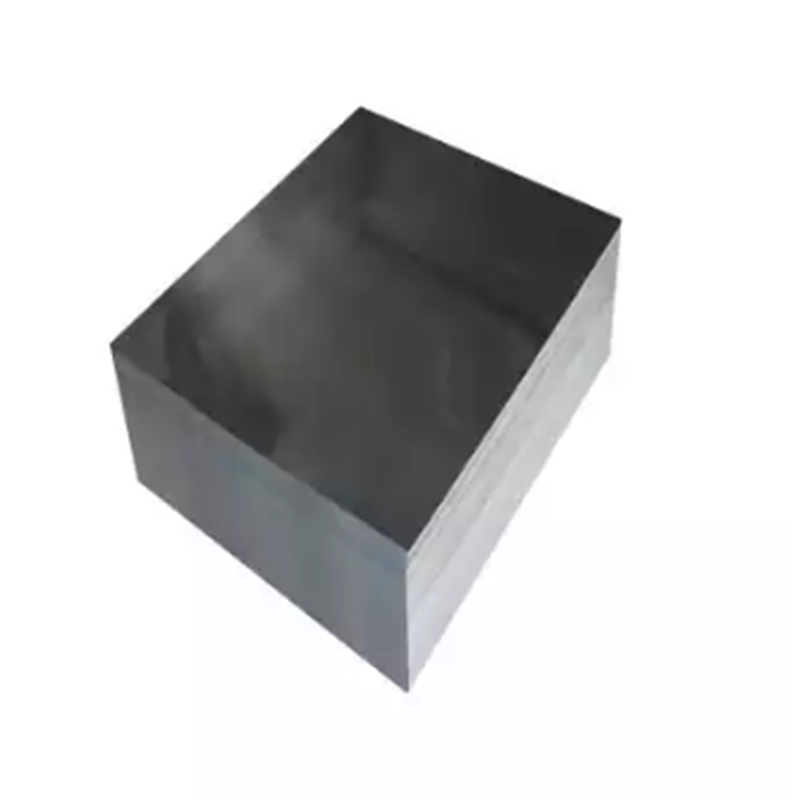
Aug . 20, 2024 22:18 Back to list
Exploring the Impact of Chrome Finishing on Tin Can Manufacturing in China
The Rise of Chrome Effects in China's Tin Can Manufacturing Industry
In recent years, the Chinese manufacturing sector has witnessed a significant transformation, particularly in the production of tin cans. One of the most exciting developments is the integration of chrome effects in tin can designs. This innovative approach is not only revolutionizing the aesthetic appeal of packaging but also driving competitiveness in internal and global markets.
The chrome effect—characterized by its shiny, mirror-like finish—has become a popular trend among consumers who are increasingly drawn to visually striking products. In the context of tin can manufacturing, adding chrome effects enhances the overall perception of quality and sophistication. With consumer preferences evolving towards premium products, manufacturers have recognized the necessity of keeping pace with design trends that can elevate their brand image.
The Rise of Chrome Effects in China's Tin Can Manufacturing Industry
Moreover, the chrome effect is not merely a cosmetic enhancement. It serves practical purposes, such as improving corrosion resistance and enhancing surface hardness. These features contribute to the longevity and integrity of the product, which is particularly important in preventing spoilage in food and beverage containers. As a result, brands that utilize tin cans with chrome finishes can offer their customers greater assurance regarding product quality.
china chrome effects tin can factory

The appeal of chrome effects extends beyond aesthetics; it plays a vital role in marketing strategies. Eye-catching packaging is essential for attracting consumers in a crowded marketplace. With the rise of online shopping and social media influence, visually appealing products are more likely to capture attention and drive sales. Brands that adopt innovative packaging solutions can differentiate themselves from competitors, making chrome-effect tin cans an appealing option.
Additionally, as international standards for packaging continue to tighten, Chinese tin can manufacturers are adopting eco-friendly practices in producing chrome-effect finishes. This shift towards sustainability aligns with global initiatives to reduce plastic use and increase recyclability. By leveraging chrome finishes that are both eye-catching and sustainable, manufacturers can appeal to a broader audience, particularly environmentally conscious consumers looking for responsible choices.
However, the integration of chrome effects into tin can manufacturing is not without its challenges. The complexity of the processes involved can lead to increased production costs, which may be a hurdle for smaller manufacturers. Furthermore, ensuring consistent quality across batches is essential. Therefore, rigorous quality control measures and ongoing research and development are crucial to maintain product standards.
In conclusion, the application of chrome effects in China's tin can manufacturing industry represents an innovative response to consumer demands for aesthetics, quality, and sustainability. As manufacturers continue to evolve and adapt to market trends, the future looks bright for chrome-finished tin cans. With their ability to combine visual appeal with functionality, these products are set to play a significant role in the packaging landscape, not only within China but on a global scale. Ultimately, as the infusion of chrome effects continues to gain traction, it will undoubtedly reshape consumer experiences and expectations for packaged goods in the years to come.
-
Hassle-Free Registration on a Used Car Fast & Easy California Used Car Registration Service
NewsJul.05,2025
-
Shop Quality Sansone Auto Used Cars Great Deals at Sansone Auto Mall
NewsJul.05,2025
-
Best Used Cars in Gaithersburg MD Top Gaithersburg Used Car Dealers
NewsJul.05,2025
-
Best PA Used Cars for Sale Reliable Ready Credit & Pyramid Used Cars Mike Hill Used Cars Deals
NewsJul.04,2025
-
Car Parts Used Auto Parts Market – Affordable & Quality Car-Parts.com Selection
NewsJul.04,2025
-
Best Used Cars Kalamazoo Affordable & Reliable Vehicles for Sale in Michigan
NewsJul.04,2025
Warning: Undefined array key "ga-feild" in /home/www/wwwroot/HTML/www.exportstart.com/wp-content/plugins/accelerated-mobile-pages/templates/features.php on line 6714